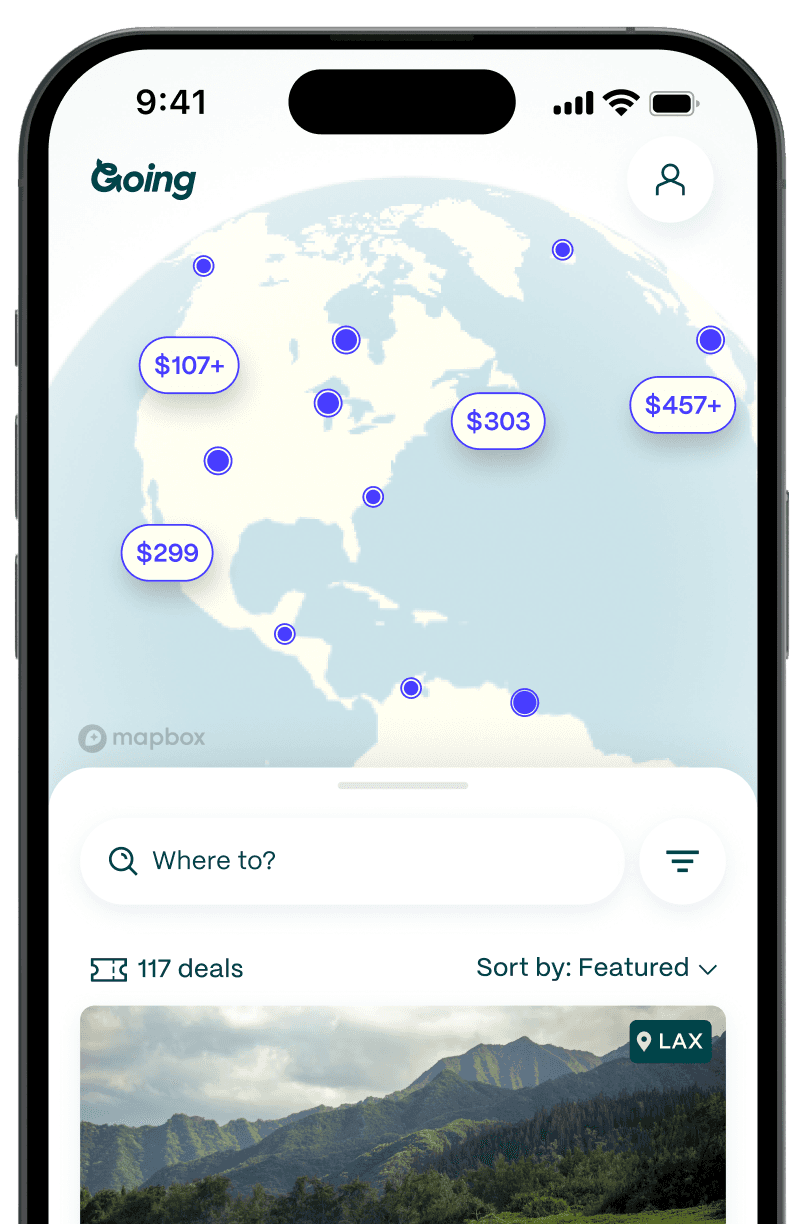
Tips to Avoid a Lost or Delayed Bag
According to NPR, US airlines lose about two million bags each year. But before you panic, consider that it’s a very small percentage (less than a half percent!) of all checked bags—and the vast majority of those lost bags do make it back to their owners. The odds are still in your favor that all your gear arrives safely with you—and there are some things you can do to increase them.
Of course, there’s no 100% guaranteed way to ensure your luggage makes it to your destination, but these tips can help reduce the risk of your luggage being lost or delayed and help you get it back quickly if it is.
Arrive at the airport early if you’re checking a bag
You need time to make your way through security and eventually onto your plane—so does your bag. Every airline lists the latest cutoff time for checking a bag, which is often about 45–60 minutes before takeoff. With long lines at the airport during peak travel times, like this summer, it’s wise to allow even more than that. Otherwise, your bag might not make it on the plane before takeoff.
Check your baggage tag
Mistakes happen. Sometimes an agent keys in the wrong destination. Before your bag heads down the conveyor belt destined for who-knows-where, check to make sure the baggage tag lists the correct airport.
Oh, and keep your bag tag receipt, usually the other half of the sticky bag tag the gate agent attaches to your luggage. This could help reunite you with your luggage if it ends up in the wrong place.
Fly nonstop or plan a longer connection
That data we referenced earlier about how many bags are mishandled each year, it also tells us which airlines are least likely to lose your luggage. The airlines that topped the list last year: Allegiant, JetBlue, Frontier, Hawaiian, and Southwest. (Note this data only covers domestic flights.)
The reason many budget carriers have a better record than full-service airlines is that most of their flights are nonstop. Fewer connections mean fewer points at which a bag could get lost or delayed.
So when you can, book a direct flight, and if you have a layover, book one on the longer side. If it’s a struggle for you to make it across the airport to your next flight in the time allowed, it’ll probably be a struggle for your bag as well.
Board early and use the right bag to avoid gate-checking
Even if you plan to travel carry-on only, you could find yourself forced to check a bag if the overhead bins are full or if the airline deems your bag too big or too heavy to carry on. Double-check the size and weight limits to ensure your bag is within them.
Thanks to bigger bins, the overhead compartments rarely seem to fill up on most international flights, but on domestic flights, try to board as early as possible so there’s space for your bag. Even boarding at the start of the last group can make a difference.
If you really want to ensure you aren’t forced to gate-check your carry-on, make sure it’s small enough to fit under the seat in front of you.
Use the airline app or AirTags to track your bag
Every checked bag is tracked by the airline and scanned when it’s taken on and off each flight. Many airlines allow you to see the status of your bags in their apps, which can help give you peace of mind that your bag is on the flight with you—or at least give you insight into your bag’s location should it get delayed.
Another popular option is AirTag, which connects with your iPad, iPhone, Mac, or Apple Watch so you can track the tag’s location. In November 2024, Apple rolled out the Share Item Location feature, which allows you to share your AirTag’s location with third parties. A good deal of airlines—including American, Delta, and United—participate in the program, so if you add an AirTag to your checked luggage and share the location with your airline, you may have a higher chance of getting your luggage back (and quicker) if it’s lost.
Make it easy to get your bag back or file a claim
Imagine you’re a baggage handler trying to find a “medium-sized black bag” or even “a blue Away bag” in a sea of similar bags. Personalizing your bag with a colorful bag tag or ribbon can help a handler more easily determine which bag is yours.
And make sure you have your updated contact info not only on your bag tag but also on a piece of paper inside your bag (just in case your bag tag gets removed).
If you must travel with anything valuable in your bag, make sure it’s documented so you can get reimbursed if the bag is lost for good. Before you hand your bag over to the airline agent, take a photo of anything valuable inside.
Keep your receipts
If your bag is lost or delayed, the first thing you need to do is file a report with the airline. If you buy anything to get you through the days without your luggage—from toothpaste to a new swimsuit—keep the receipts. You may need these to get reimbursed.
If your bag is delayed or lost, you get cash
According to the US Department of Transportation: “Airlines are required to compensate passengers for reasonable, verifiable, and actual incidental expenses that they may incur while their bags are delayed—subject to the maximum liability limits.” For example, Delta defines “reasonable” as $50 per day for the first five days but says this is not a hard limit.
Airlines will consider your bag officially lost after a certain number of days, which could be as little as three or five or as much as 14. Once the bag is declared lost, you’re entitled to more money (minus what you’ve already been paid for any immediate expenses).
For domestic flights, the maximum liability limit allowed by the DOT is $4,700, but airlines can require documentation to give you the full amount. For example, an airline may reimburse you up to $1,500 without requiring any documentation, but if you want more—up to $4,700—you’ll need to provide receipts.
For international flights, the limit set by the regulation is approximately $1,700, though airlines can pay more if they choose to. Assistive devices like wheelchairs and prosthetic devices have their own set of rules and higher limits.
Your credit cards can help
Many credit cards include travel protections in their benefits and may offer reimbursement for lost or delayed luggage. This coverage is generally meant to be used to supplement what’s provided by the airline and, of course, is subject to liability limits as well.
To apply, the flight must have been booked with that credit card, so check your card’s specific conditions to find out what you can claim.
Last updated June 3, 2025








